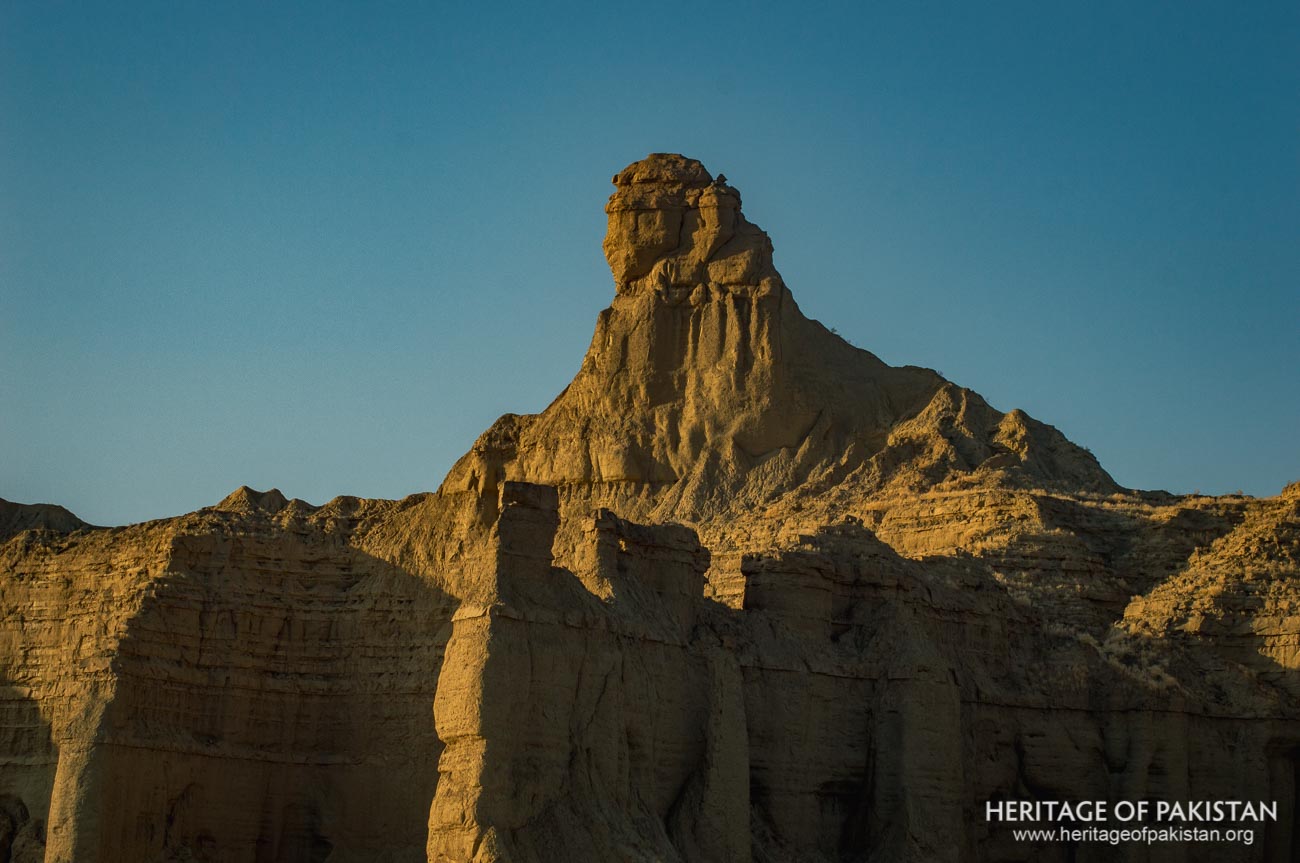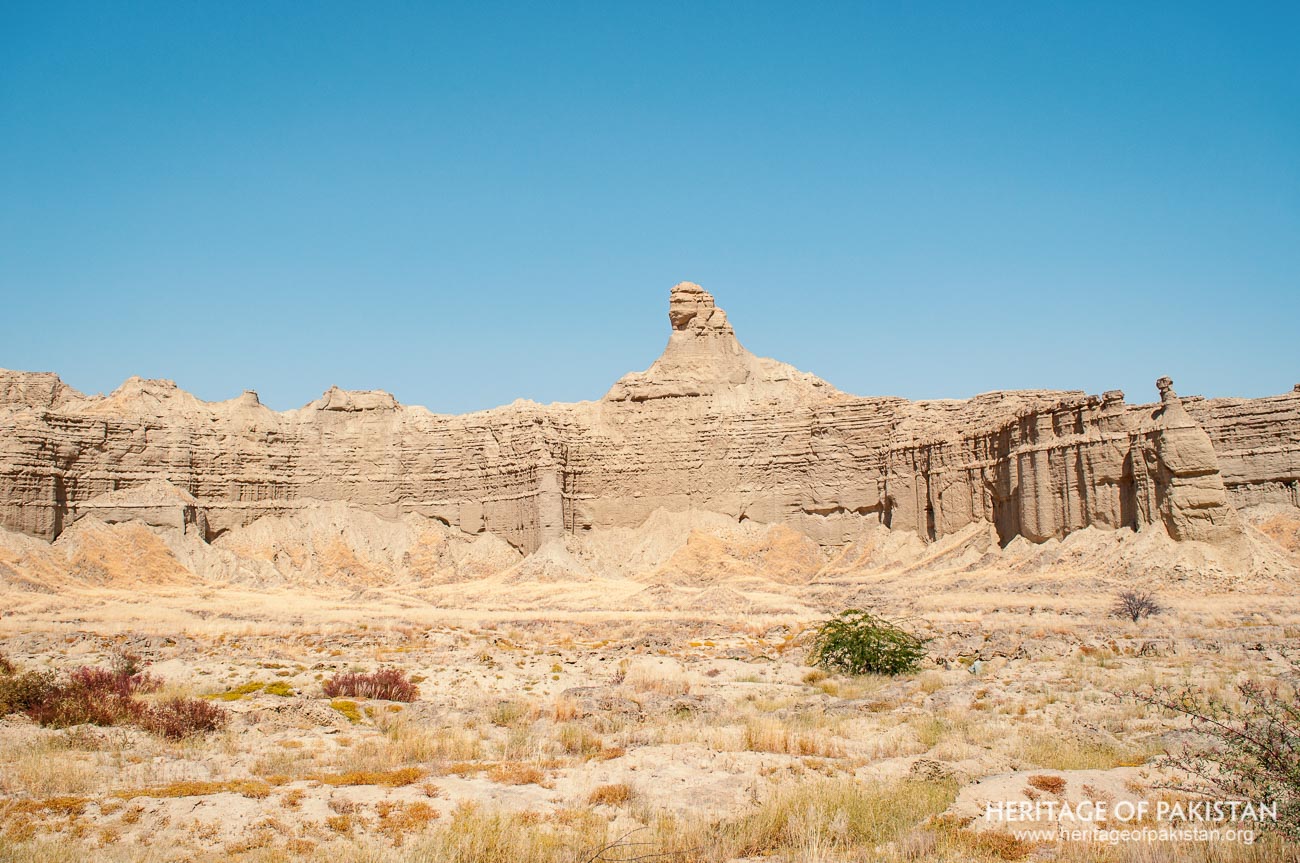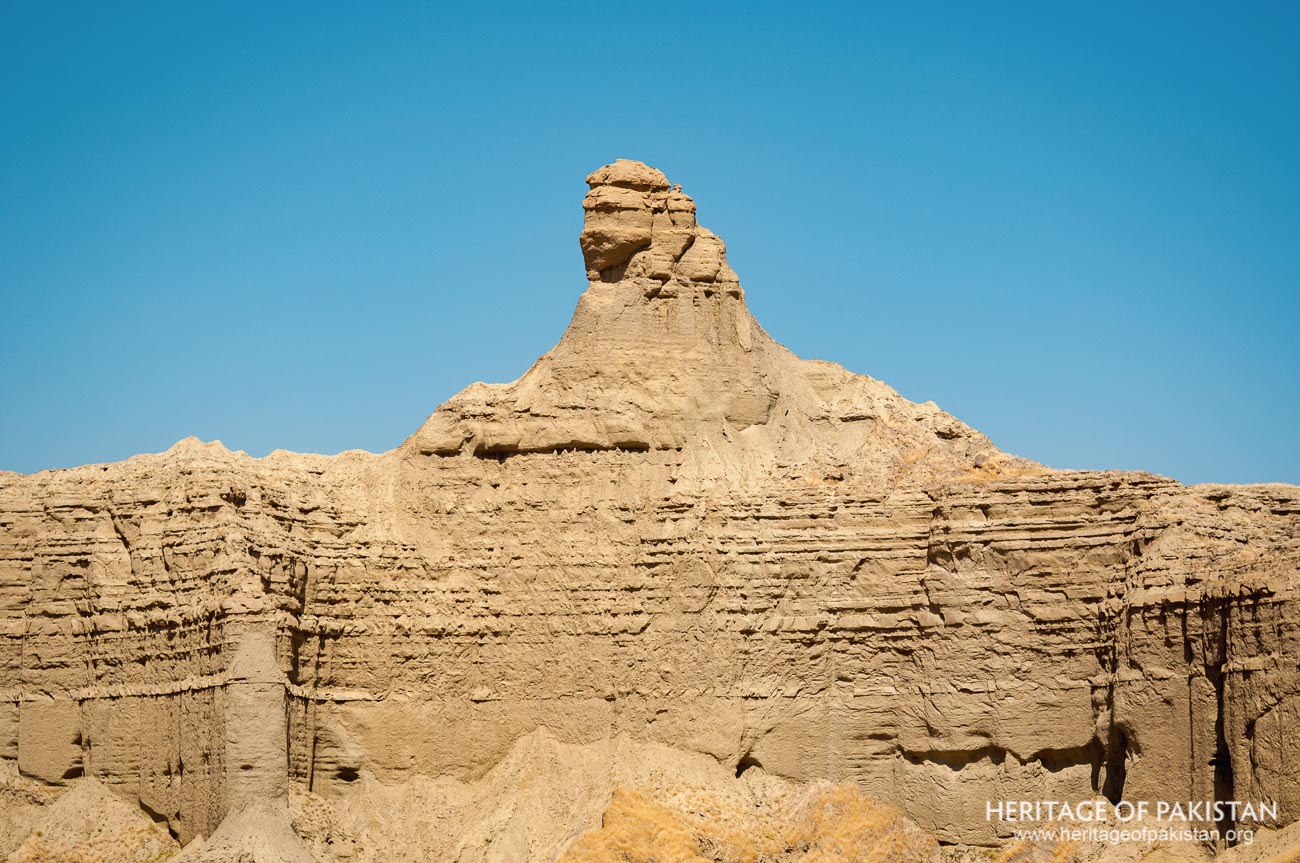Protected Under
Balochistan (Wildlife Protection, Preservation, Conservation and Management) Act, 2014
25°25'52.6"N 65°18'10.6"E
![]()
On the UNESCO World Heritage Site Tentative List
Balochistan (Wildlife Protection, Preservation, Conservation and Management) Act, 2014
Hingol National Park is home to the "Sphinx of Balochistan," a natural rock formation that strikingly resembles the Great Sphinx of Giza in Egypt, showcasing the park's remarkable and diverse geological features.
The Best Time to Visit Balochistan Province is Year long as it has bearable Cold winters and Hot Summers. However, Summers can get really Hot and precautions are recommended during Daytime visits.


The Balochistan Sphinx, also referred to as the "Lion of Balochistan," is a striking natural rock formation located in Hingol National Park, Balochistan, Pakistan. This unique structure resembles the Sphinx of Giza , drawing parallels with its famous Egyptian counterpart due to its shape. The Balochistan Sphinx is one of the many fascinating geological formations in Hingol National Park, which was established as a protected area in 1988.
The formation of the Balochistan Sphinx, like other rock formations in the park, is the result of natural erosion and weathering processes. This process of natural sculpting has also produced other notable formations in the park, such as the Princess of Hope, which resembles a woman and is located near the Sphinx. The park's rock formations are a major attraction for tourists from across Pakistan, offering spectacular views and an opportunity to photograph these formations.
Hingol National Park is situated along the Makran Coastal Highway, which connects Karachi to Gwadar. The park is celebrated for its diverse and dramatic landscapes, which include rock formations, mud volcanoes, and mountains. This area is characterized by an effective process of erosion and sedimentation that has sculpted the rocks over millions of years, resulting in various intriguing formations. The Balochistan Sphinx stands out among these formations, captivating visitors with its appearance.
Hingol National Park is a National Park located in the Balochistan province of Pakistan, and is distinguished by its distinctive and dramatic rocky topography. t is situated on the Makran Coastal Highway that links Karachi to Gwadar, and covers an area of 6,190 km² (619,043 hectares), making it the second largest national park in Pakistan. Three districts of Balochistan namely Lasbela, Gwadar, and Awaran comprise the park’s territory. The National Park is inscribed on the Tentative list of UNESCO World Heritage Site from Pakistan, and has been a protected area in Pakistan since 1988. Hingol National Park is a favorite destination for tourists and especially photographers due to its diverse geology and unique scenery.

The park's complex geological setting is the result of interaction of three major tectonic plates: the Eurasian, Arabian, and Indian plates. This dynamic interaction has led to the formation of a mass of east-west folds, characterized by deep and rocky structures, steep cliffs, and rock formations. Furthermore, erosion occurring over thousands of years has also contributed to the unique formations of the park, with sea waves and winds contributing to the constant reshaping of the landscape.


Discover the Lion of Balochistan image gallery and immerse yourself in photographs

All Photographs by Syed Noor Hussain and Sania Azhar.
All Rights Reserved. Photos may be used for Non-Commercial, Educational, Artistic, Research, Non-Profit & Academic purposes.
Commercial uses require licensing agreement.


Add a review